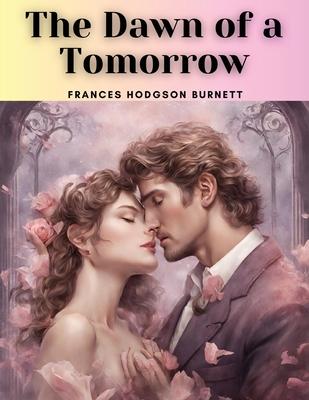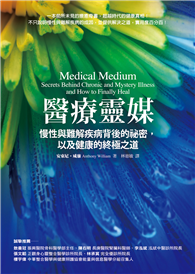"The Dawn of a Tomorrow" is a novel written by Frances Hodgson Burnett, first published in 1909. Unlike her more famous works such as "The Secret Garden" and "Little Lord Fauntleroy," this novel is less well-known but still notable for its exploration of social issues and its portrayal of human relationships.
The story centers around two characters, Editha, a wealthy but disillusioned young woman, and Michael, a struggling artist with a troubled past. Editha is engaged to marry a man she does not love, and her life feels empty and devoid of meaning. Michael, on the other hand, is deeply passionate about his art but faces constant rejection and hardship.
Their lives intersect when Editha impulsively decides to leave her comfortable existence and venture into the slums of London, where she encounters Michael. Despite their differences in social status, the two form a deep connection and find solace in each other’s company. Through their friendship, both Editha and Michael undergo profound personal transformations and discover new perspectives on life and love.
As the story unfolds, "The Dawn of a Tomorrow" explores themes of class, identity, and the pursuit of happiness. It delves into the complexities of human relationships and the importance of following one’s heart, even in the face of societal expectations and conventions.
Frances Hodgson Burnett’s writing is characterized by its emotional depth and keen insight into the human condition. In "The Dawn of a Tomorrow," she crafts a poignant narrative that resonates with readers, offering a compelling exploration of the power of love, redemption, and the possibility of second chances.












